If you're unchangingly on the venery for the weightier acne-fighting products, I think it's time I remind you well-nigh an timeworn purifier that literally unchangingly gets the job done. According to Kaveri Karhade, MD, FAAD, a board-certified dermatologist in the Bay Area, it was historically used to filter toxins and contaminants, so you know it's effective.
Yep, I'm talking well-nigh zingy charcoal, folks. It's an oldie but a goody. Karhade adds, "Medically, its original use was to help manage poisoning and overdoses. Increasingly recently, it has been widow to some skincare products with a goal of helping to cleanse or purify the skin. In particular, it's often marketed as a skincare ingredient that helps to unclog pores, remove impurities, and exfoliate."
So yeah, if you have problem skin and could use a good deep clean without getting an very facial, you may want to requite it a try. If you'd like a few increasingly details on this star ingredient and how it works, alimony reading.
Activated soot has a very large surface area—similar to how a fluffy popcorn kernel has a large surface zone as compared to a kernel of corn," says Karhade. "This large surface zone can theoretically have a large sufficiency to filter contaminants and impurities. However, the vestige on zingy charcoal's worthiness to unclog pores and remove impurities is sparse.
Since it's likely to be safe, it's worth a try! I recommend using with caution, however, as sometimes zingy soot can have a summery drying effect on the skin. A weekly soot mask for those with oily, blemish-prone skin may be beneficial.
Although there isn't a ton of scientific vestige to say that soot is the wool weightier acne-clearing ingredient, it can still help clean obstructed pores, and there are plenty of soot products on the market to segregate from. To get you started, I've rounded up Karhade's recommendation as well as a few of my own favorites. Alimony scrolling for the all-stars.
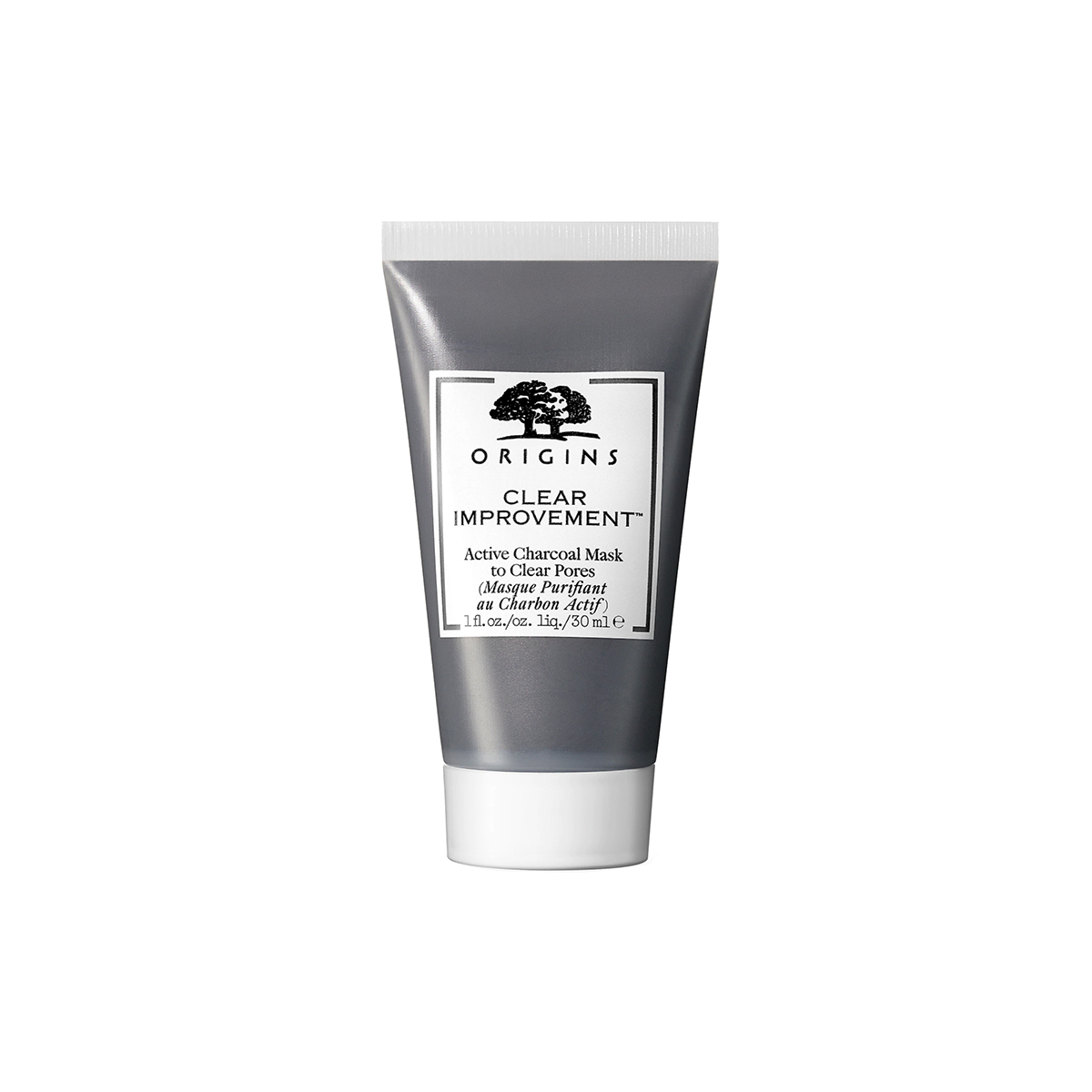
Karhade recommends this soot mask from Origins considering it really helps wipe your pores and makes them less visible. It moreover features white China clay, which absorbs toxins and flushes them from the skin. Karhade recommends using this weekly if you have oily or blemish-prone skin.
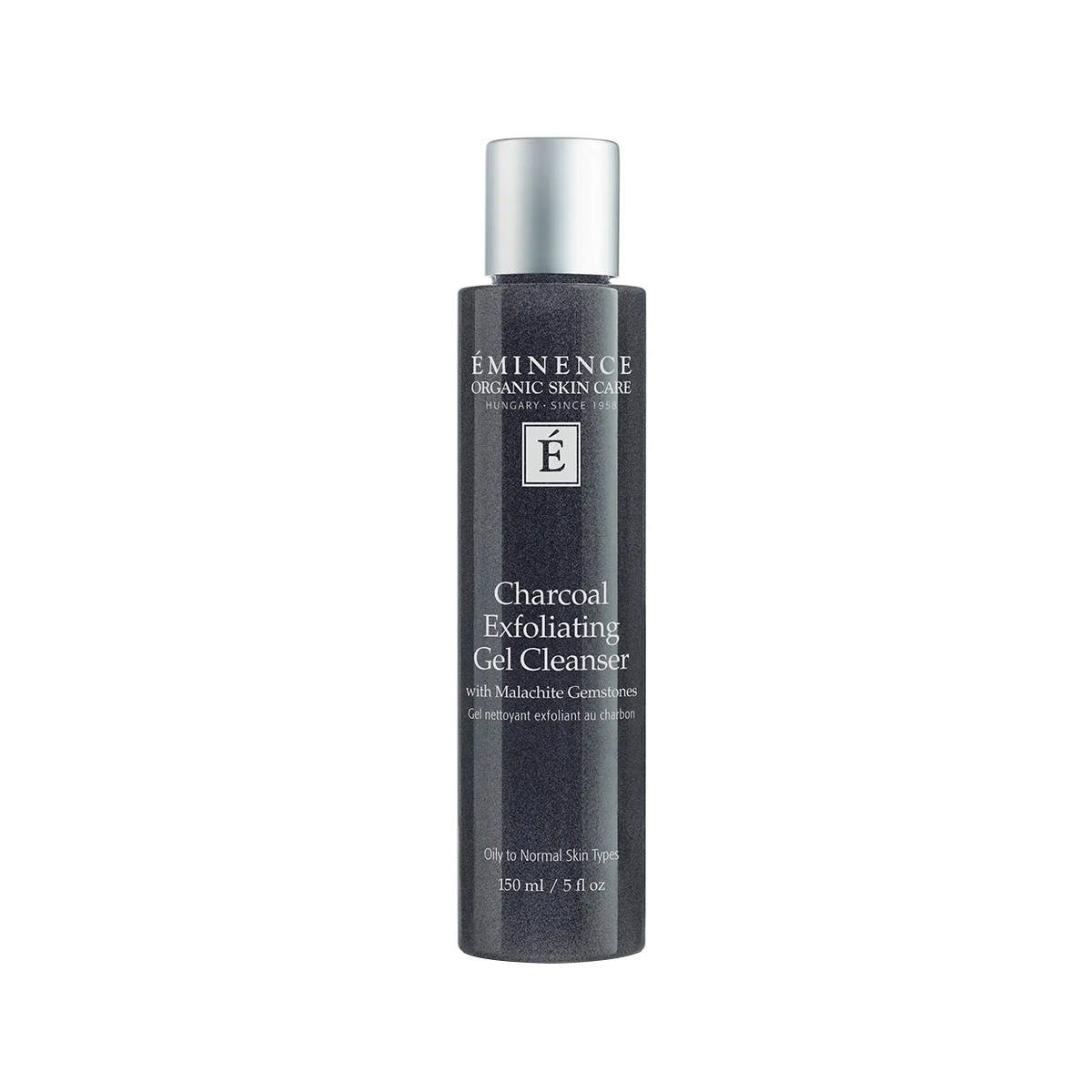
For a smoother and fresher complexion, try Eminence's Soot Exfoliating Gel Cleanser. Soot draws out oil and dirt, while undecorous matcha and peppermint provide major youth-enhancing antioxidants. If that isn't unbearable to sway you, it's moreover packed with kaolin clay, which deep cleans plane remoter without stripping your skin of its natural moisture.
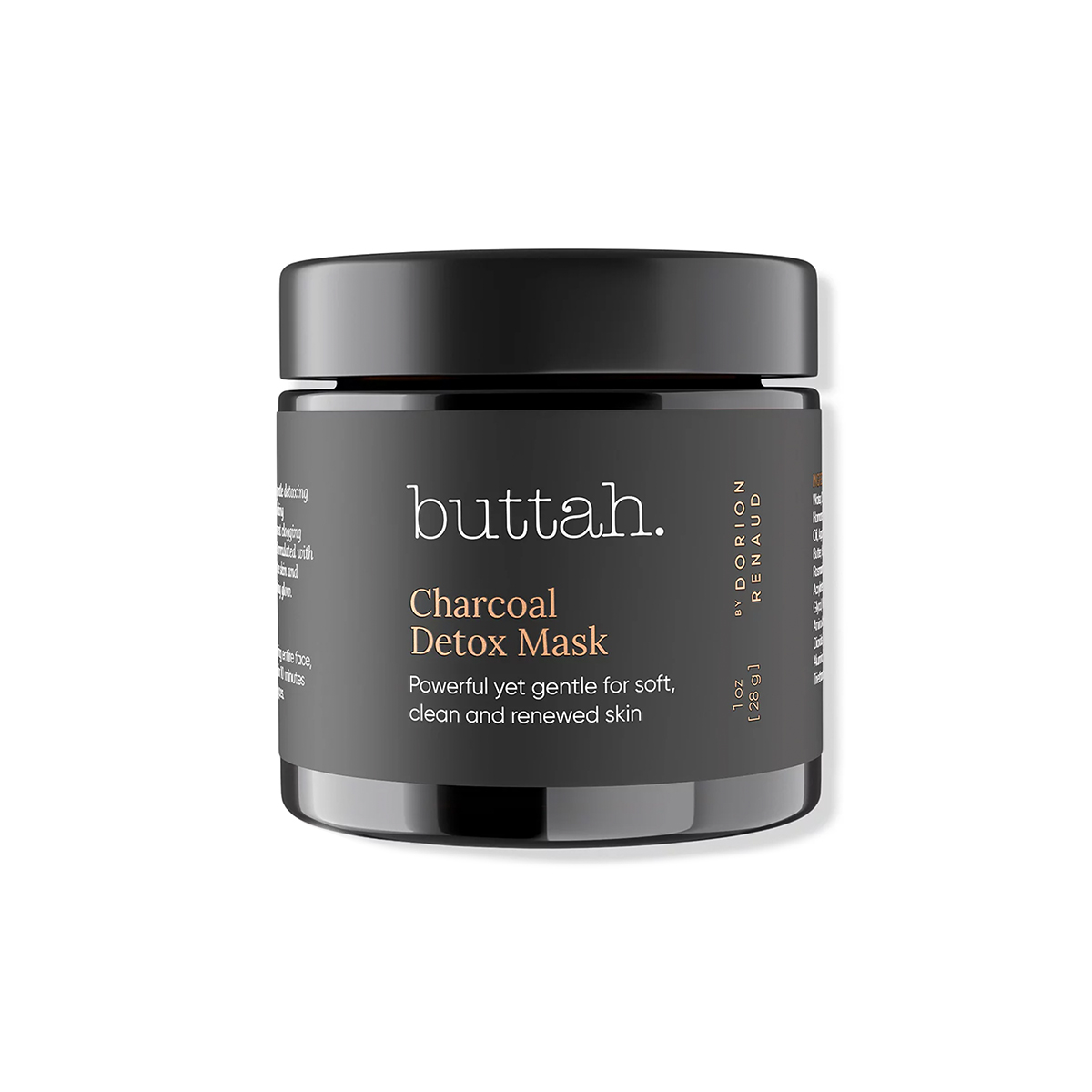
This mask from Buttah Skin provides gentle detoxification and deep moisture replenishment with spare ingredients like argan oil and shea butter.
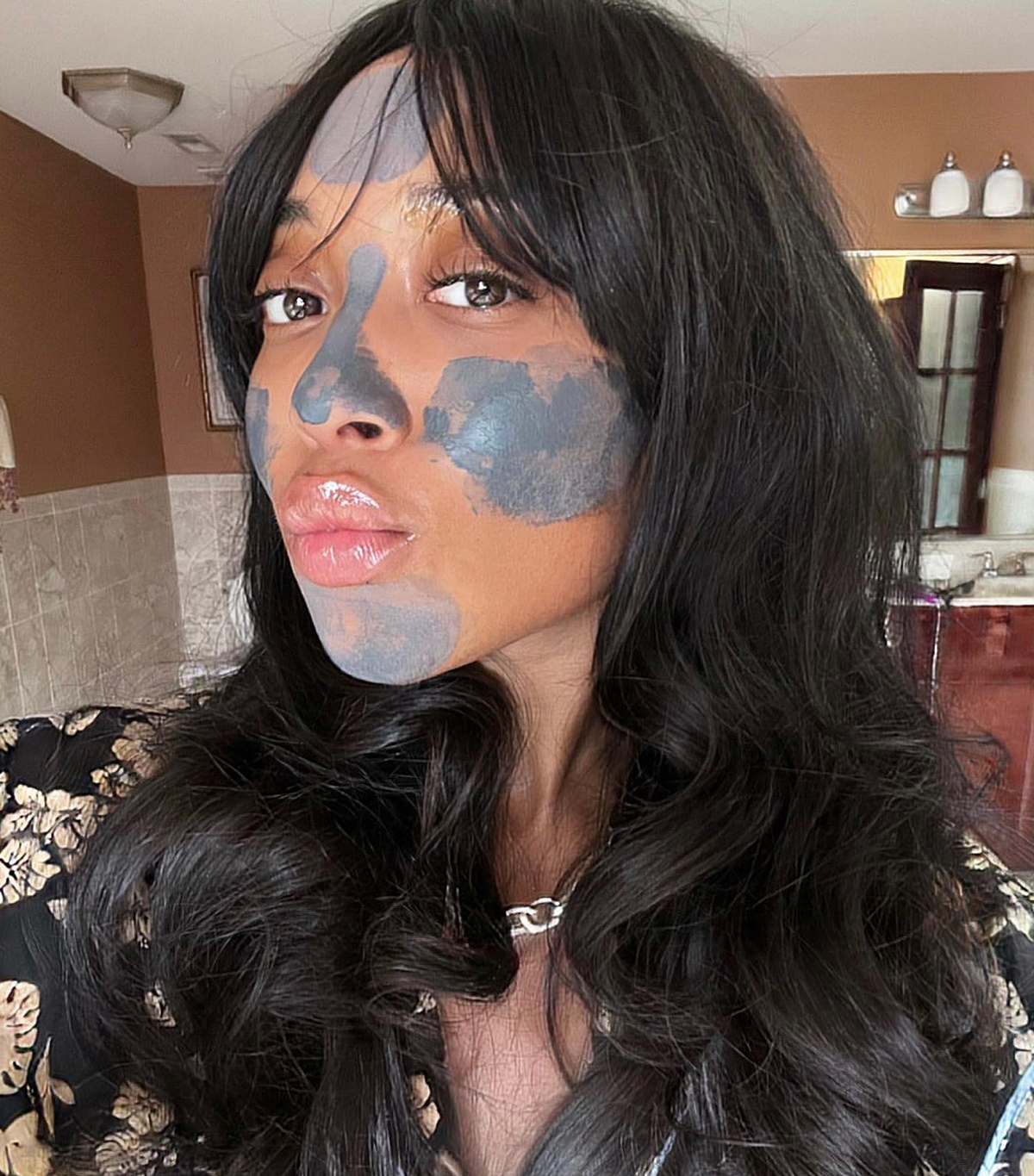
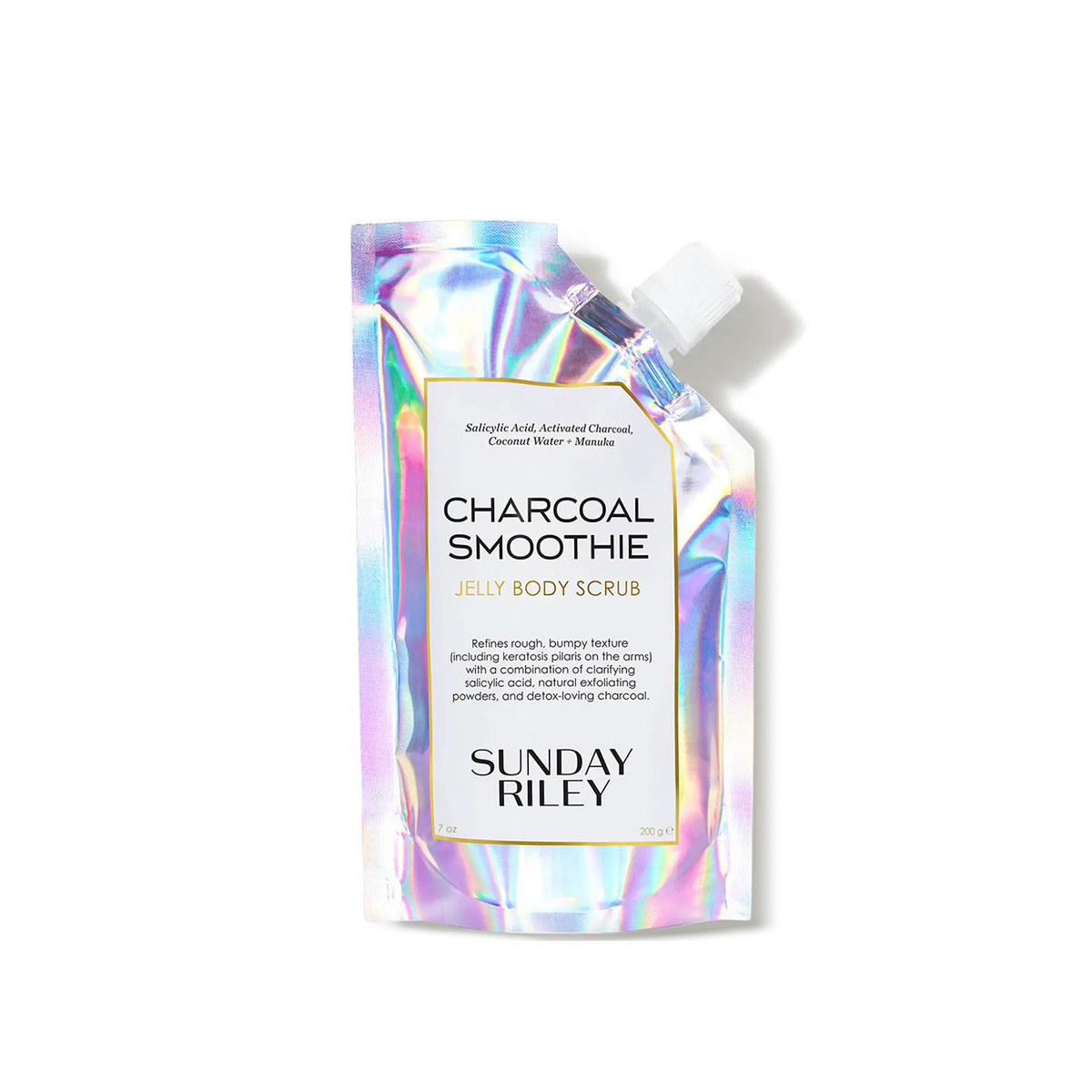
Sometimes, the skin on the rest of your body could use a little detox. That's where Sunday Riley's Soot Smoothie Jelly Soul Scrub comes in. It smooths, refines, and clarifies rough skin with salicylic acid, charcoal, and zinc PCA, which regulates oil production and controls yes-man growth. If you tend to unravel out on your when or anywhere else on your body, this is definitely the scrub for you.
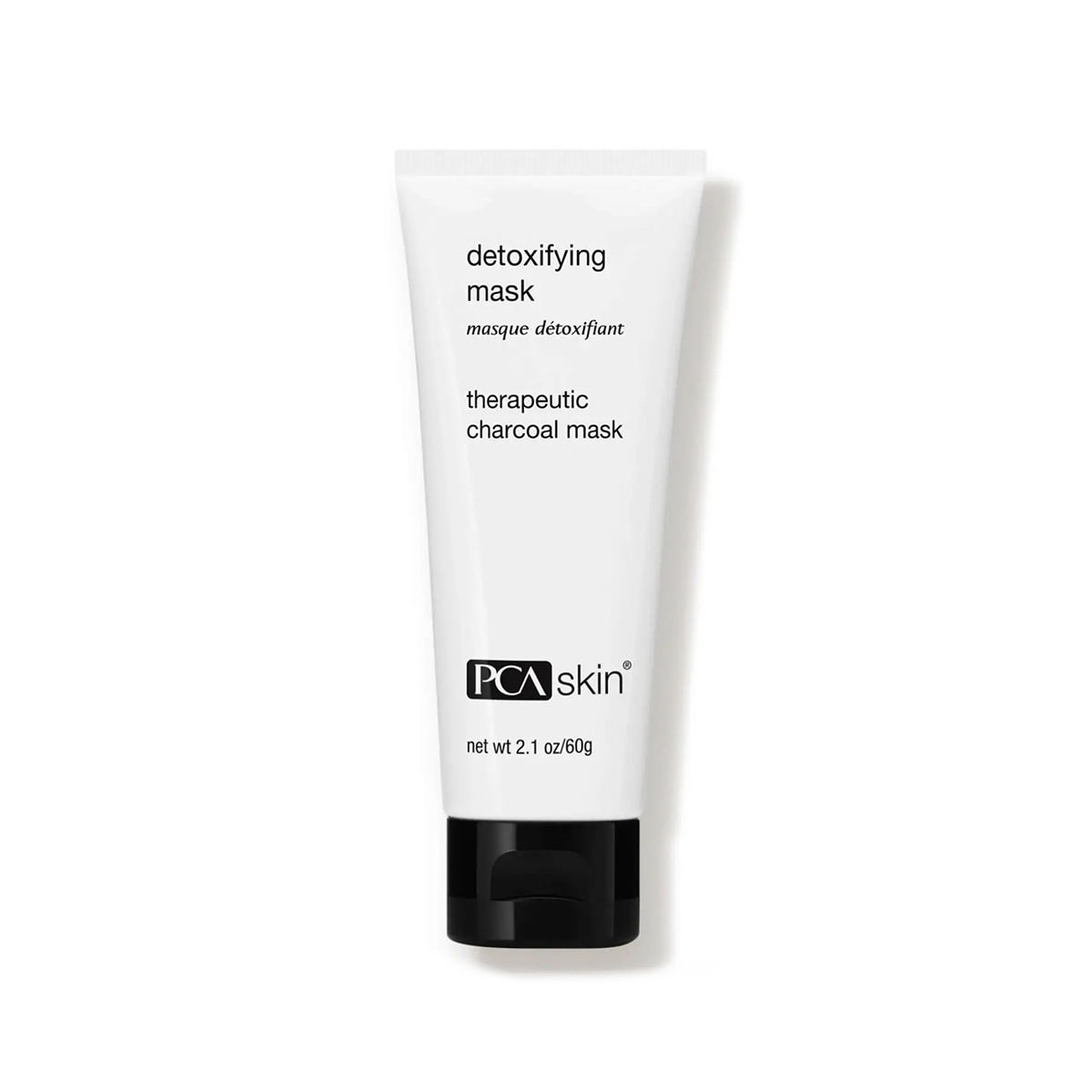
Reveal a increasingly radiant and vibrant complexion with PCA Skin's ultimate detox mask. The Japanese white soot in this mask contains an variety of minerals that swizzle oil and impurities in the skin, and magnesium aluminum silicate support skin clearing. Don't worry, though—it won't dry you out since it moreover contains glycerin and bisabolol to hydrate and soothe your complexion.
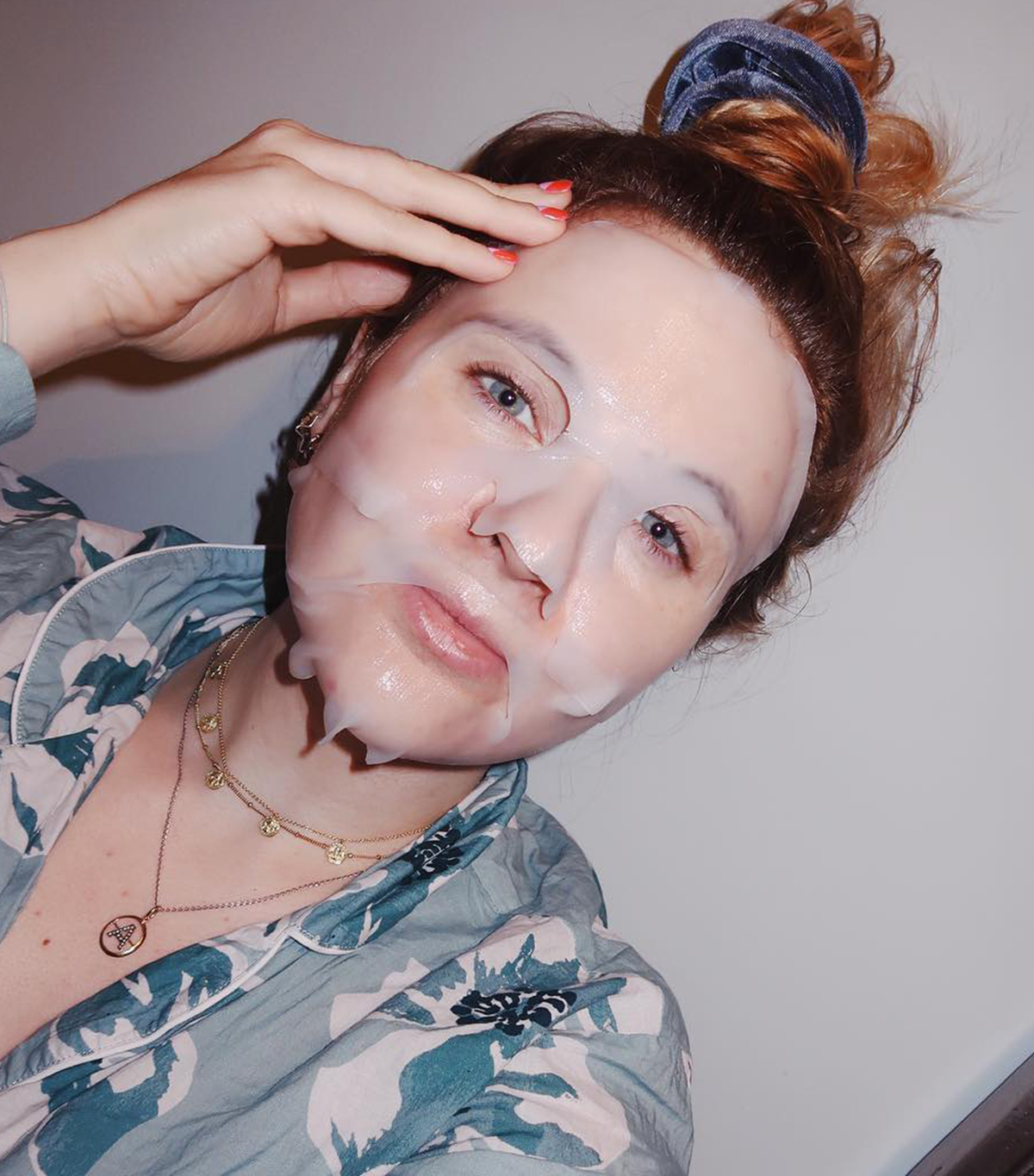
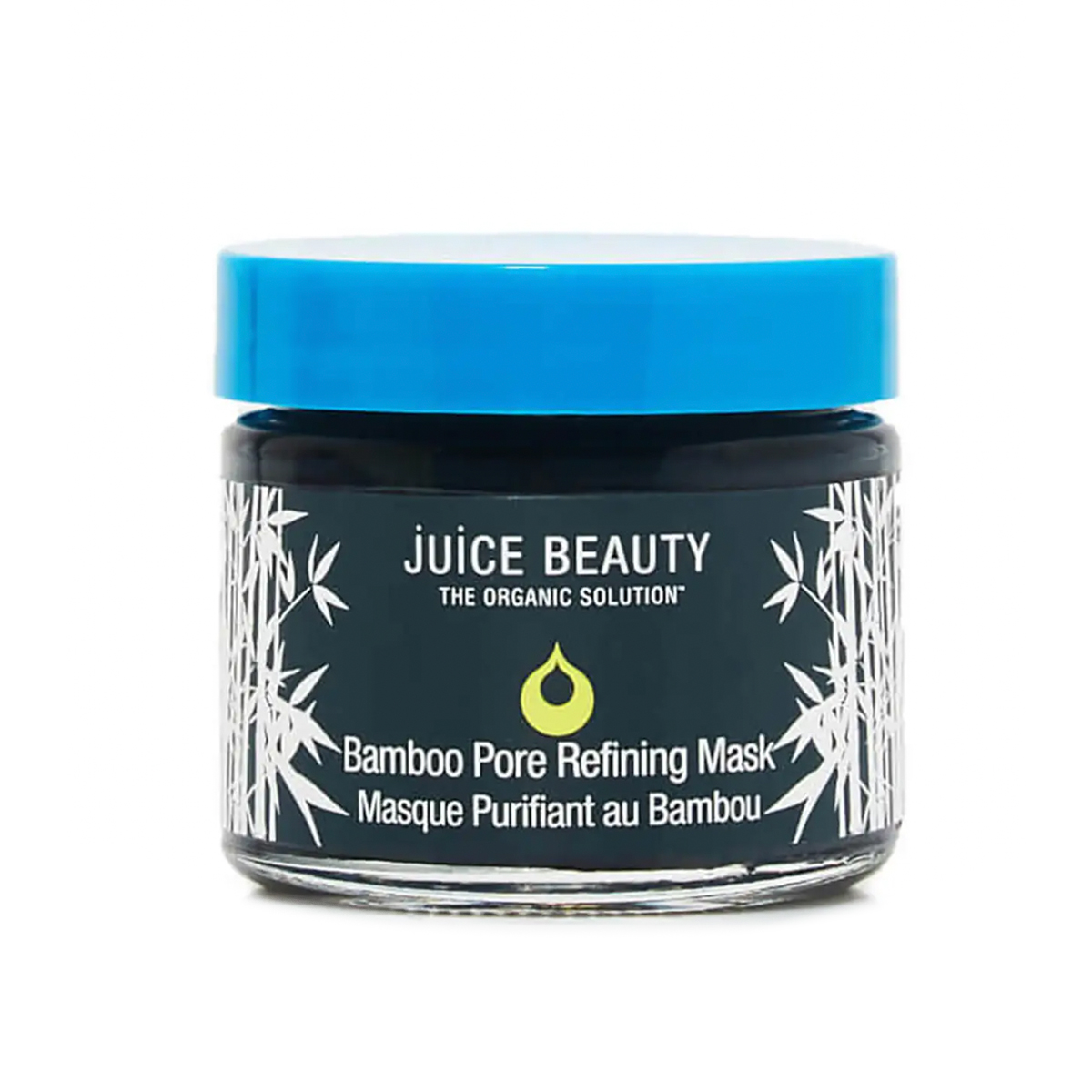
For ultra-soft and refined skin, test out Juice Beauty's Bamboo Pore-Refining Mask. This mask is formulated to really help with things like "maskne," as it contains a combination of bentonite clay, kaolin oil, and bamboo charcoal. The wing of aspen yelp helps alimony skin well-spoken since it has anti-microbial properties.
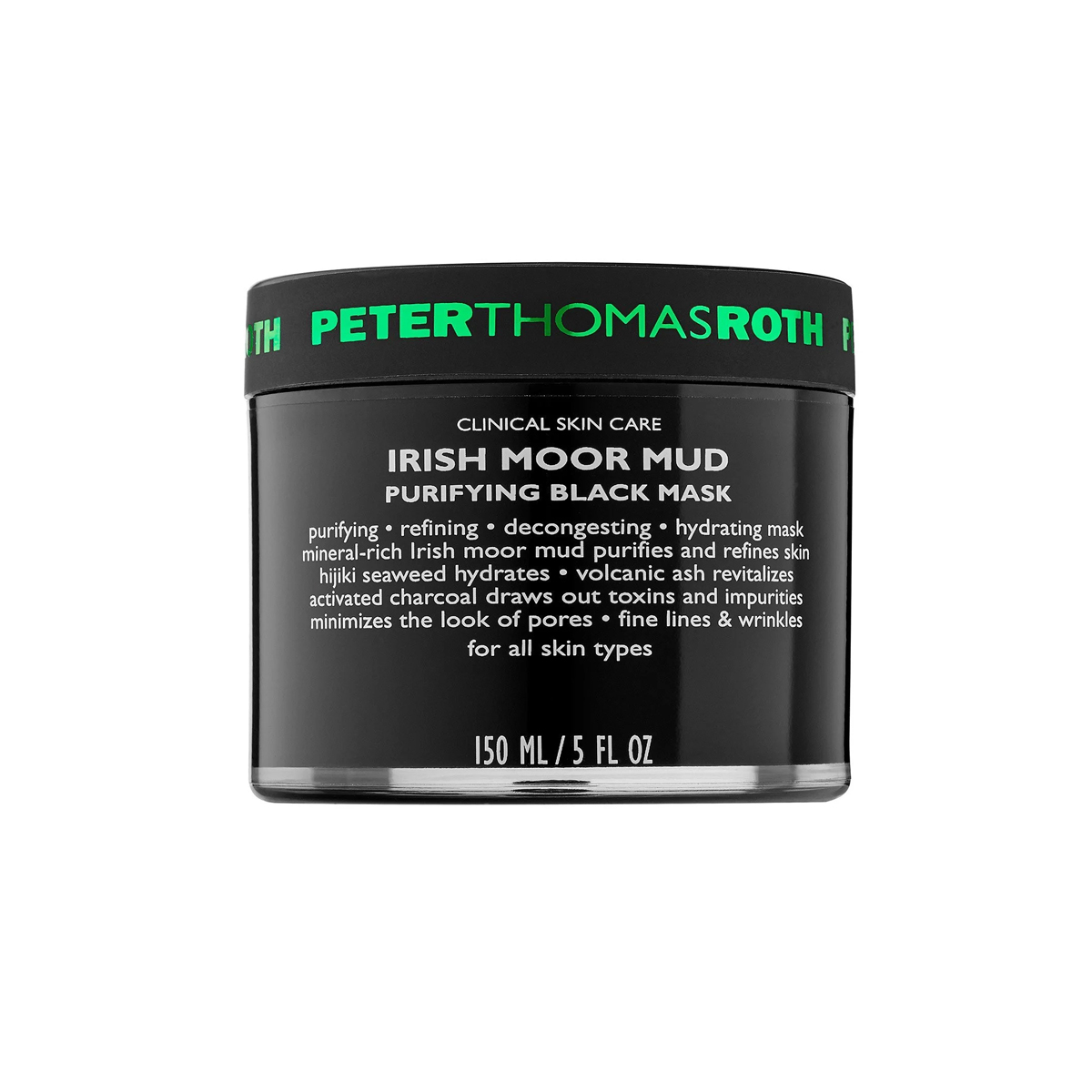
The volcanic ash in this charcoal-infused mask provides uneaten detoxification. Another star ingredient featured in this mask is Irish moor mud, which helps reverse the forfeiture caused by environmental stress and pollution on the skin.
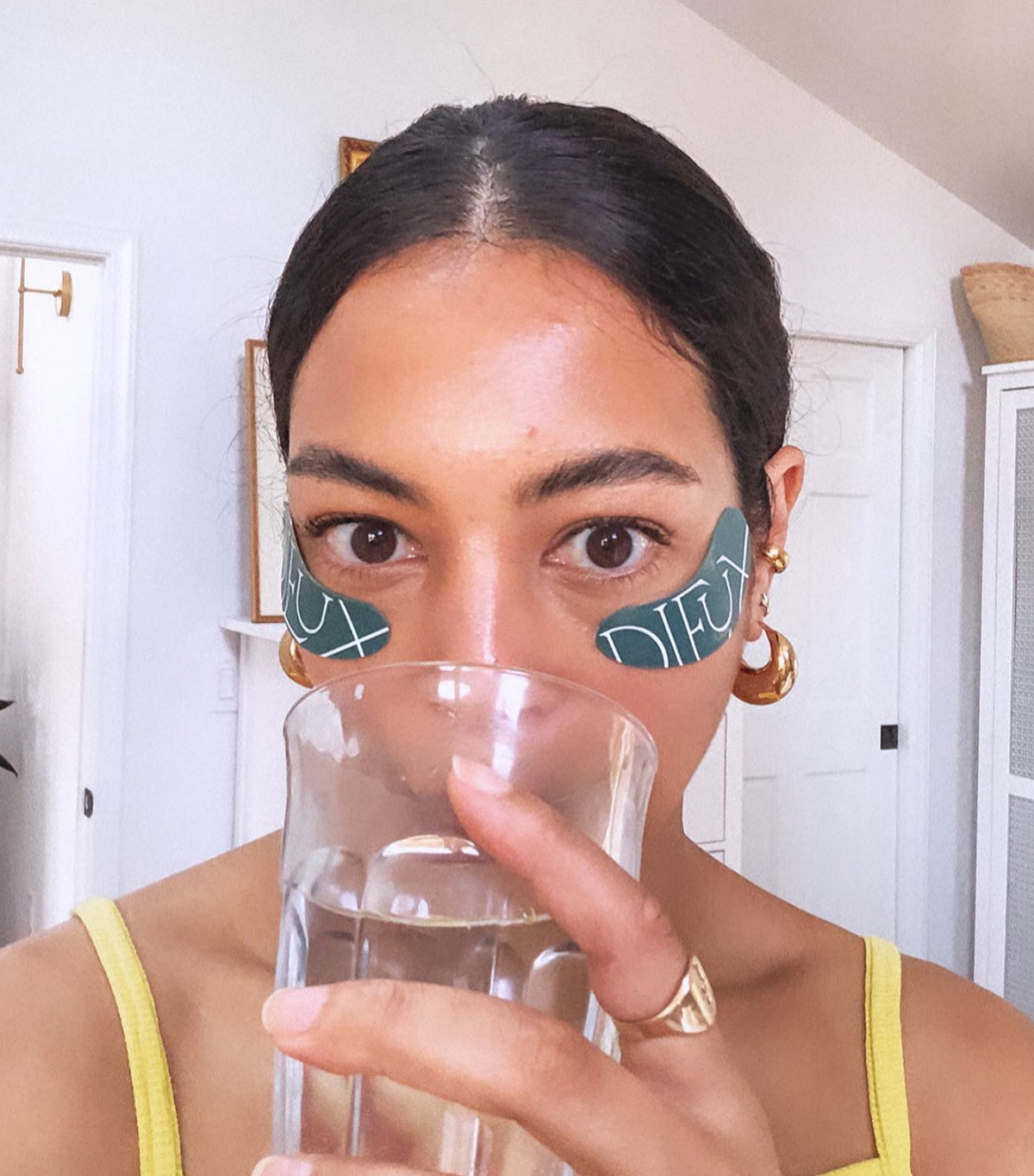
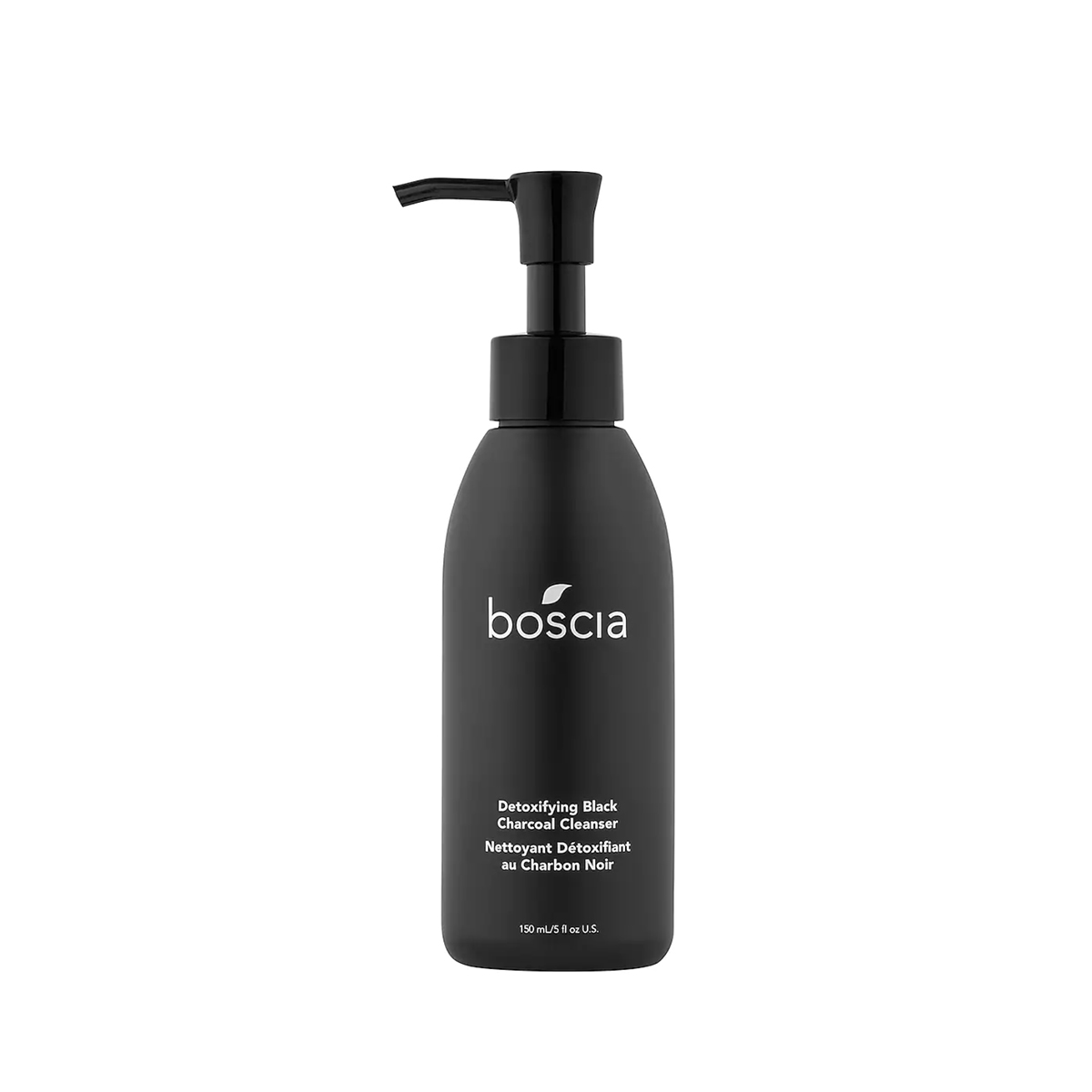
Another unconfined cleansing option featuring soot is this exfoliating wash from Boscia. It contains both soot and glycolic wounding to help well-spoken your pores of glut oil and neutralize breakouts. Additionally, artichoke-leaf pericope reduces pore size and boosts skin's elasticity, and vitamin C brightens your overall tone.
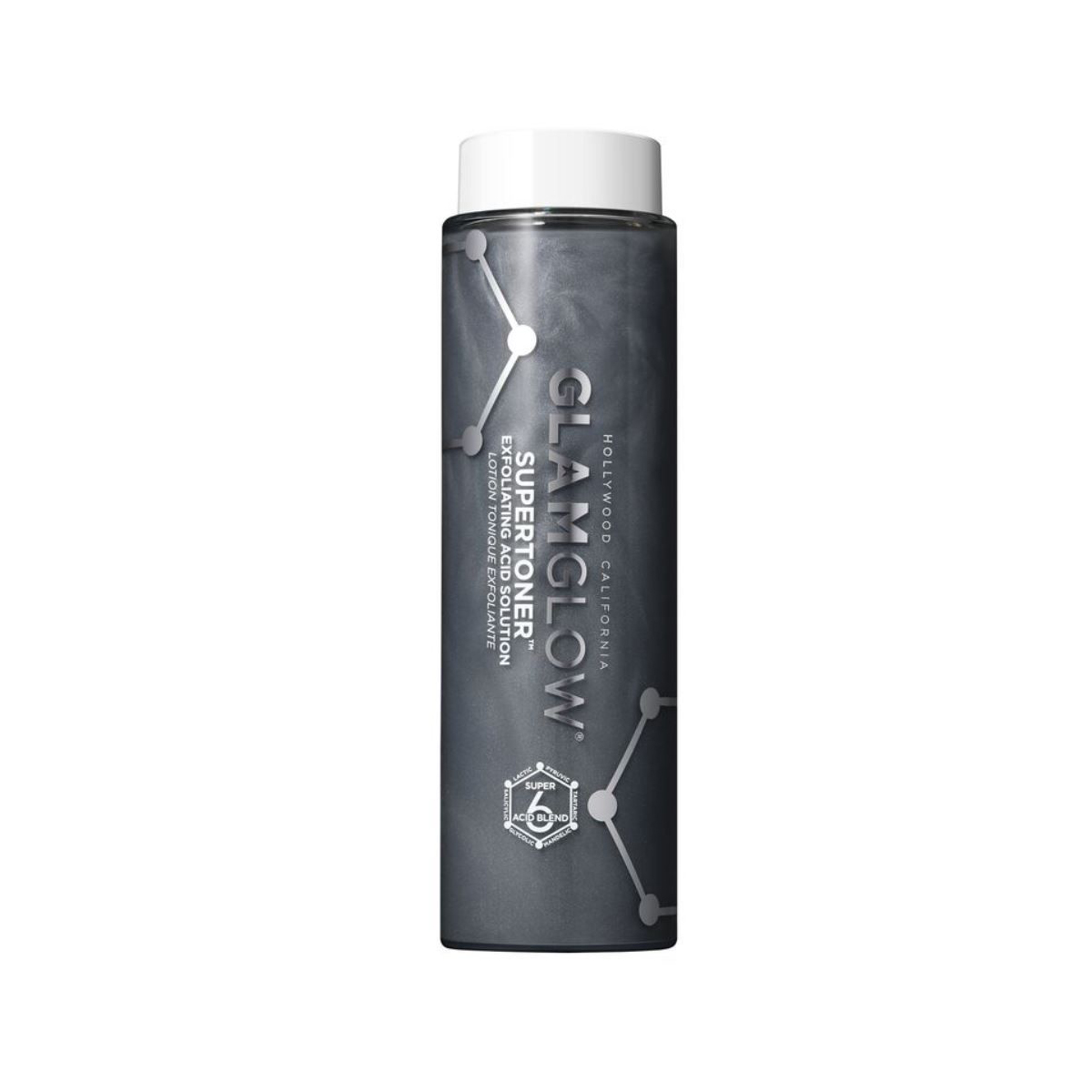
If you're not exactly into the idea of having a cleanser with soot in it, try a toner instead, like this one from GlamGlow. It has a six-acid tousle that helps refine pores in wing to glycolic wounding and soot to deep wipe and slough off sufferer skin.

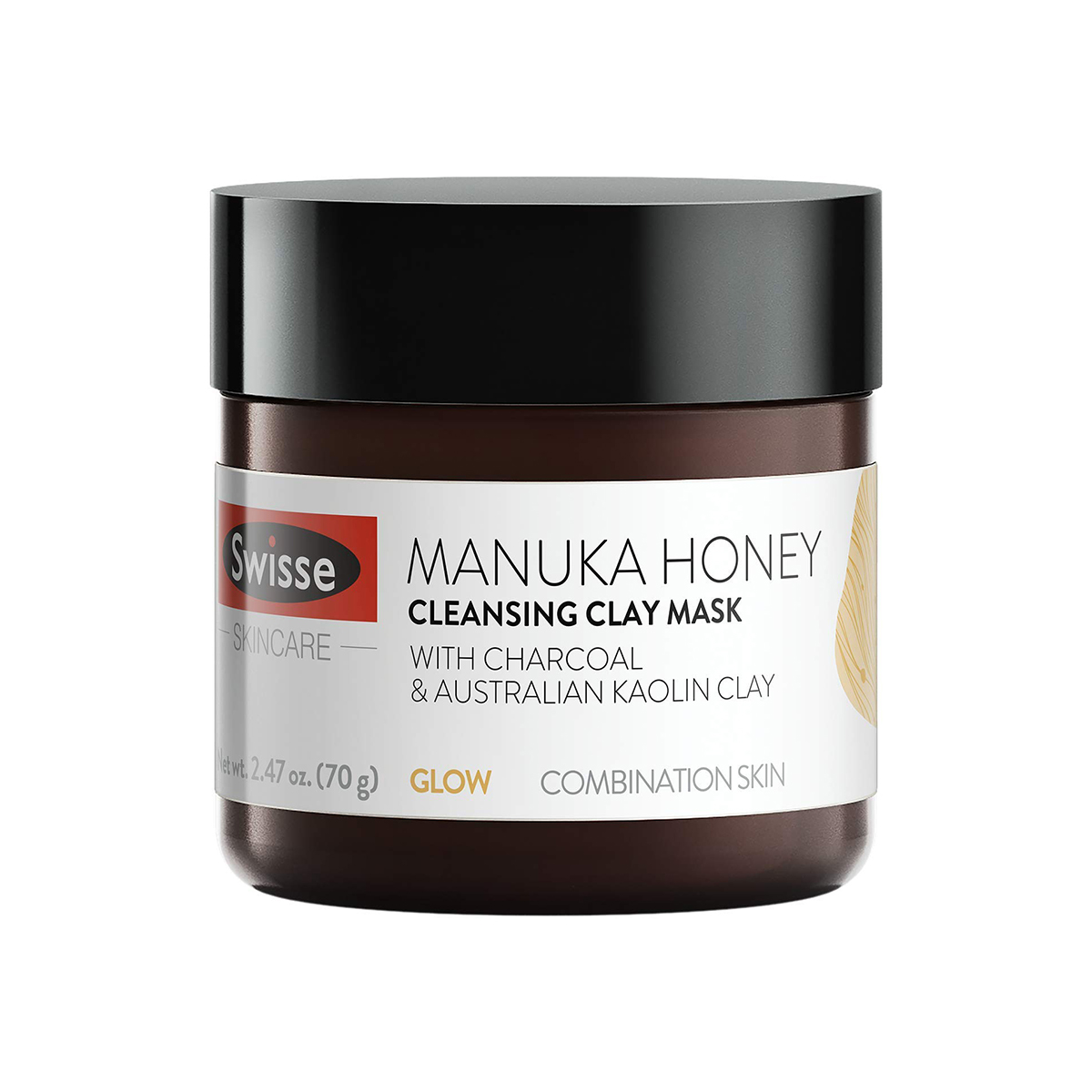
Personally, I'm a big fan of honey for the skin. It's so hydrating and is a unconfined antimicrobial agent. This mask from Swisse features makuna honey, kaolin clay, charcoal, and red scum to really wastefulness combination skin, in particular.
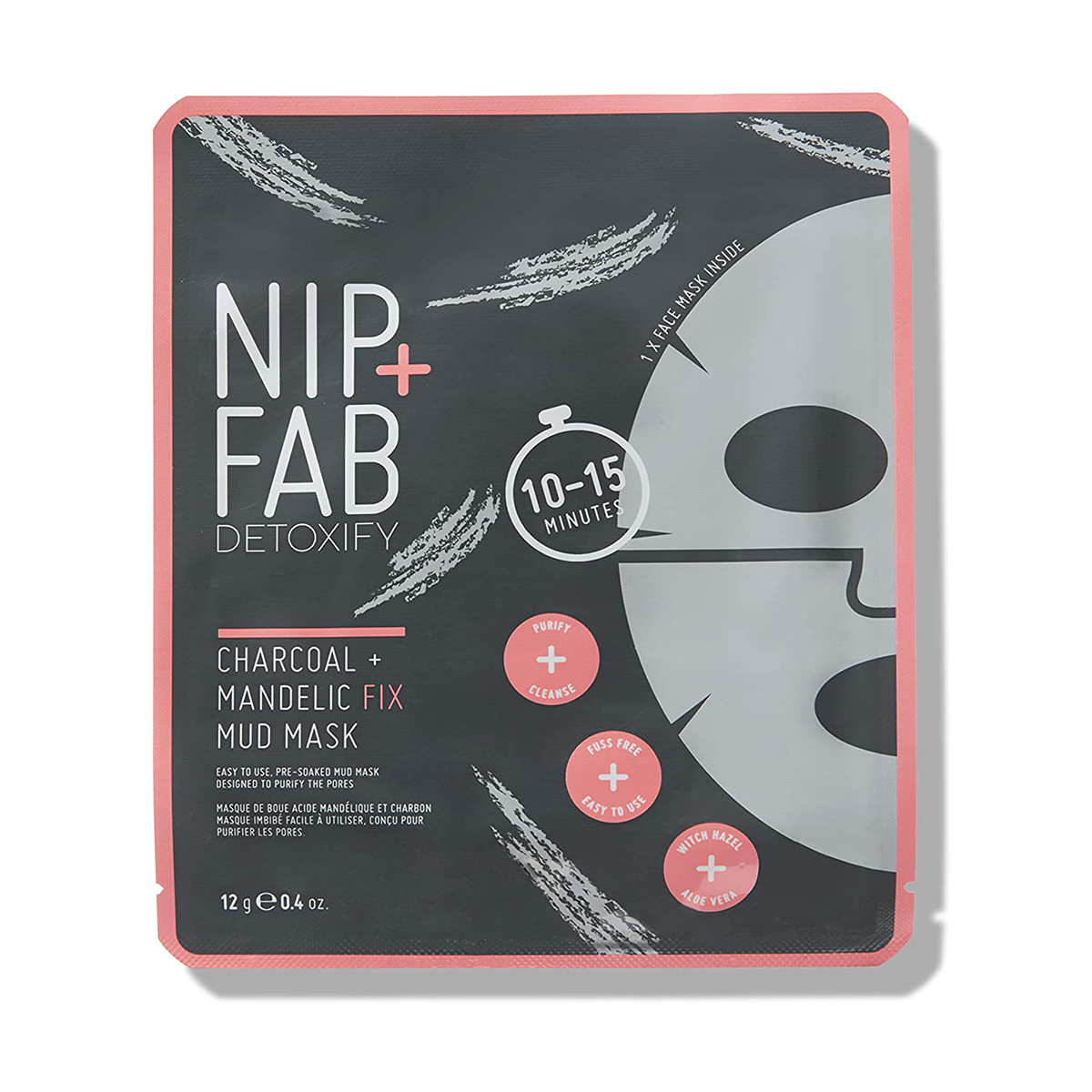
For a quick sheet-style mask, go for Nip Fab's easy option. With mandelic acid, zingy charcoal, and witch hazel, your skin will have a seriously youthful glow in record time.
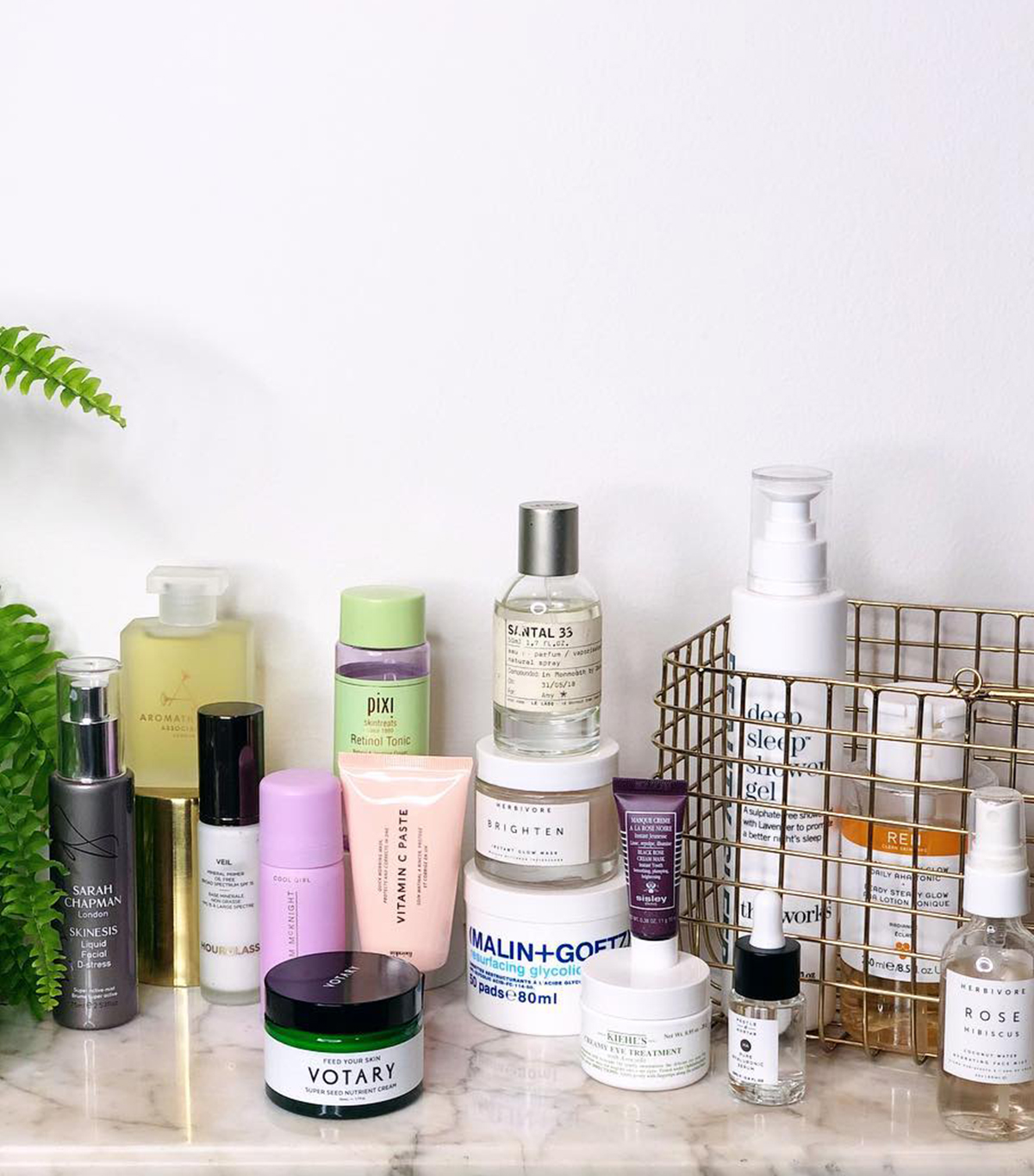
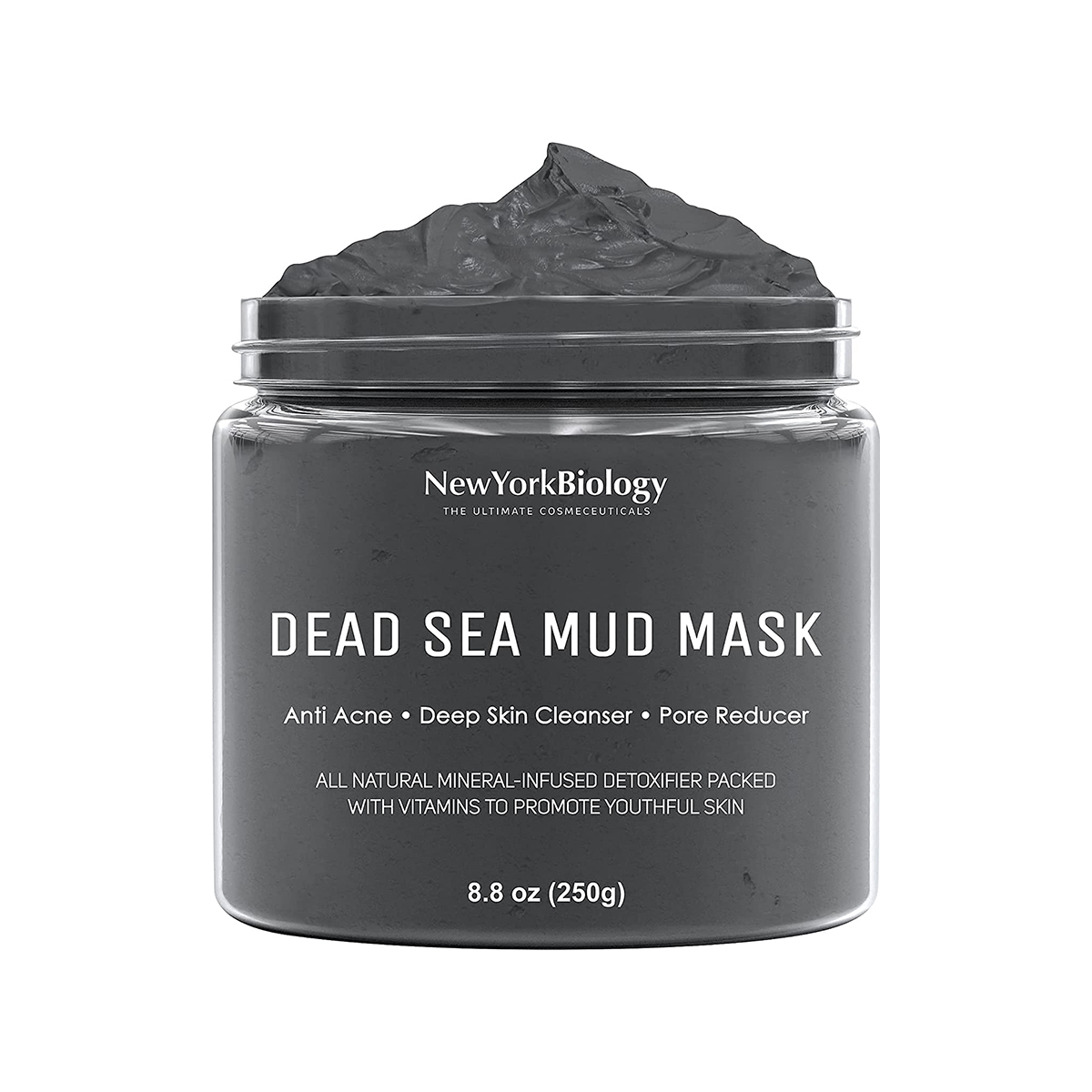
Infused with minerals, Sufferer Sea mud, calendula oil, and aloe vera, this mask provides the ultimate cleanse. It aids skin renewal and gently exfoliates to reveal a clearer, glowing complexion.
